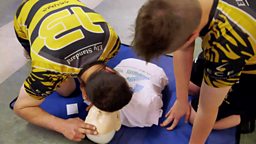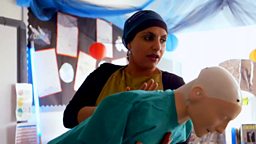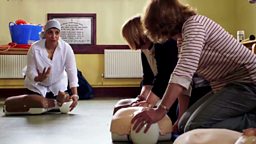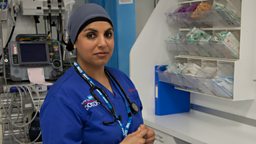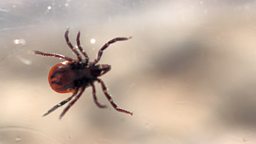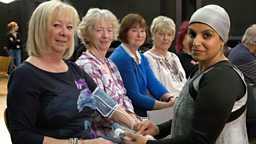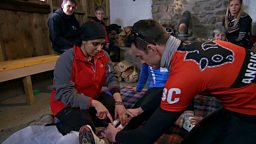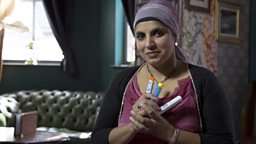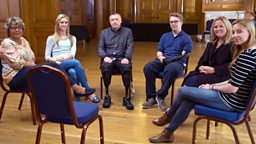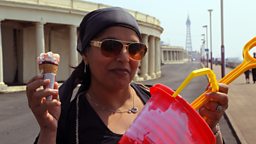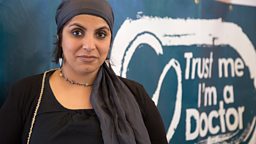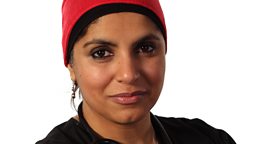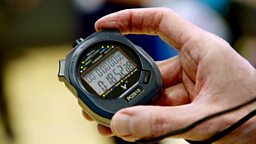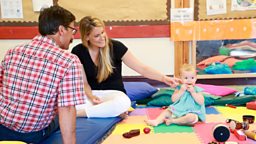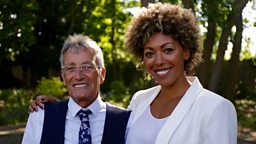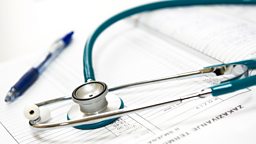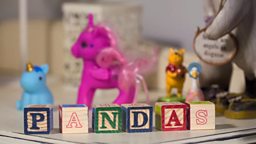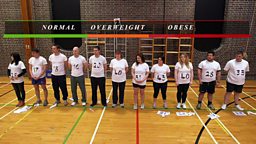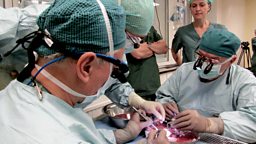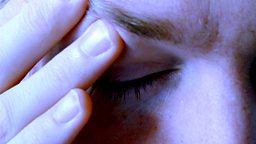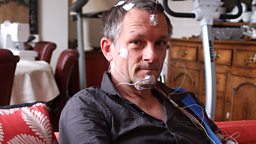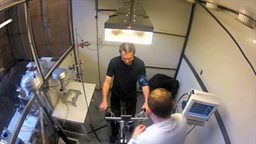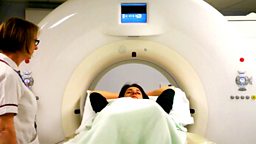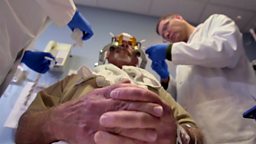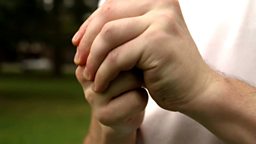What to do if someone collapses in front of you
A&E doctor Saleyha Ahsan is on a mission to show us all what to do in the event of a medical emergency. In countries where First Aid is taught in all schools, survival rates from things like sudden cardiac arrest are about twice as high as here in the UK.
Each year in Britain around 60,000 people suffer a cardiac arrest away from a hospital - their heart suddenly stops beating - and the survival rate can be as low as 2 in 100.

But in many cases all that's needed is for someone to try simple CPR (cardiopulmonary resuscitation) whilst help is on its way. And it's never been easier to save a life as now there are defibrillators in most public places that will talk you through it and attempt to restart the casualty's heart.
If someone collapses in front of you, or you find someone unconscious, then the first thing to remember is not to panic and to keep safe yourself.
1) Check for any danger around you, and try to rouse the casualty by giving their shoulders a hard shake and shouting 'can you hear me?'.
2) If you get no response, then simply tilt their head back to help clear their airway. This might be enough to start them breathing. Put your face near their cheek to see if you can hear or feel breath, and look along their chest to see if it is rising and falling.
3) If they're not breathing, then quickly call for help (or ask someone else to) and start CPR: cardiopulmonary resuscitation. Use both hands – one on top of the other – to push down firmly in the centre of their chest, about 5-6cm with each push. It's quite a big push, so if you get right over them so that your arms are straight and you can use your own body weight that will help. You are helping get blood to their organs, especially their brain, and the pushing will also help draw some fresh air into their lungs. Push down twice a second – that's about the same speed as the beats in the song 'Stayin’ Alive' by the BeeGees so you can sing that to yourself whilst you're doing it! Keep going until help arrives – swap over with other people if you can to keep yourself from getting too tired.
4) If someone can bring you a defibrillator, or AED, then don’t be afraid to use it. They are designed to be used by anyone. If you call 999 they will tell you where your nearest one is. They have a voice prompt like a car sat nav system which can talk you through everything you need to do. A defibrillator will analyse the casualty's heart, and if necessary, produce an electric . The more quickly you can get to one then the better the chances of the casualty surviving.
